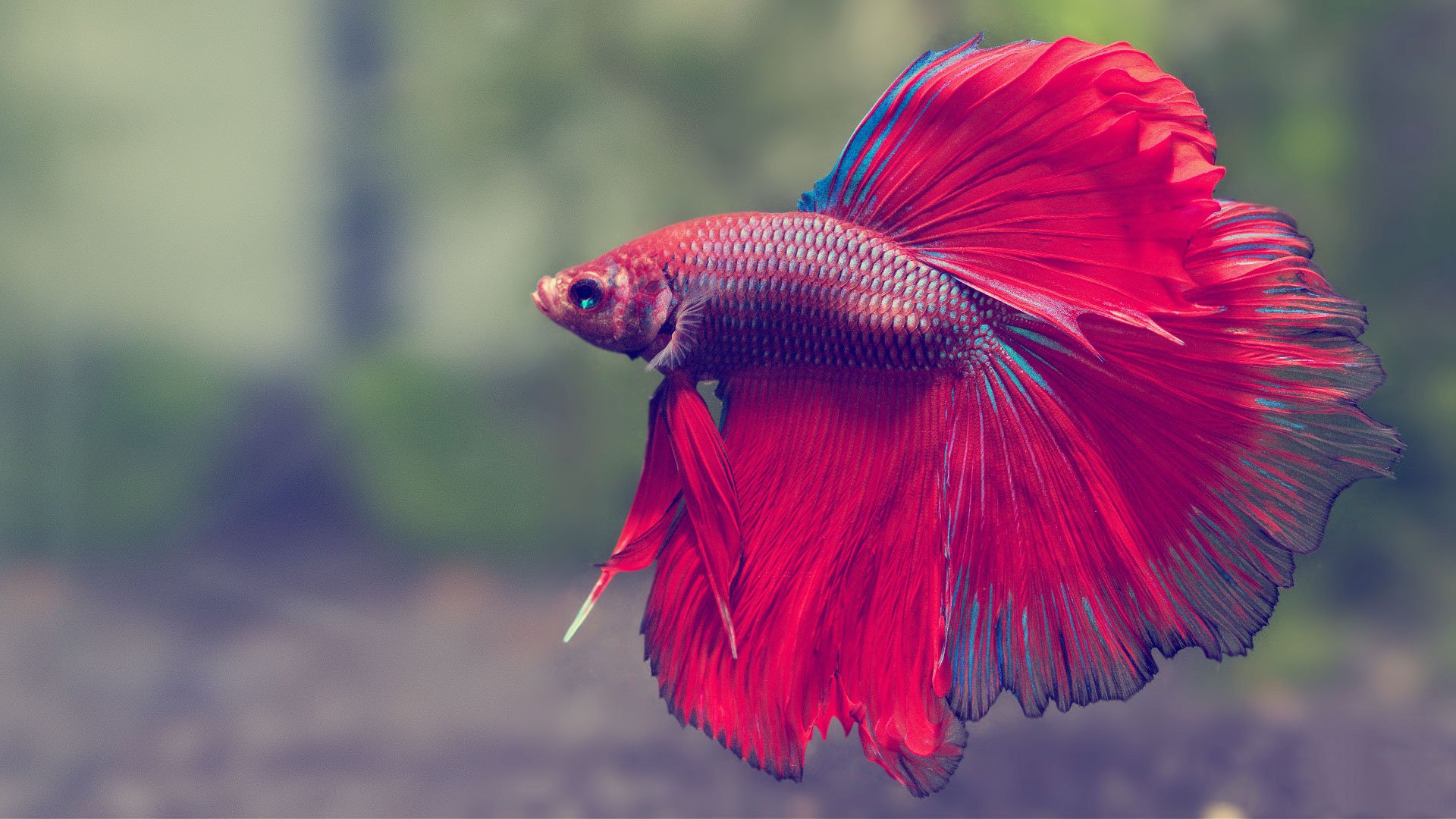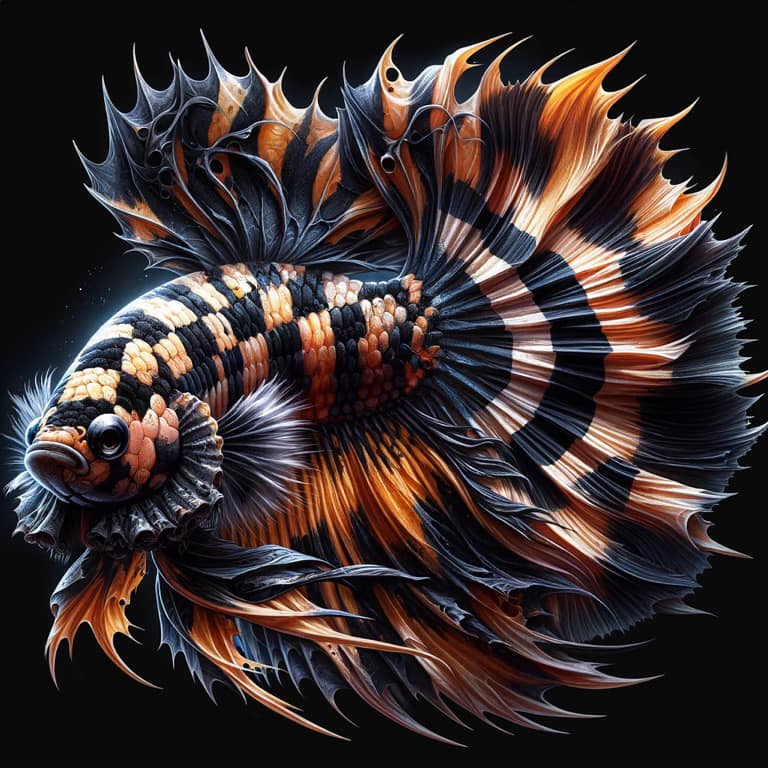Breeding Betta Fish: a Comprehensive Step-By-Step Overview to Successfully Raising Infant Bettas From Eggs to The Adult Years
Reproducing Betta fish is a thorough endeavor that requires cautious planning and execution to make sure the effective growth of fry from eggs to mature fish. As the male Betta vigilantly constructs a bubble nest and guards the valuable eggs, the subsequent stages of care and shift demand attention to detail and understanding of finest methods.

Choosing Breeding Pairs
When beginning on the journey of reproducing Betta fish, choosing the right reproduction pairs is essential to achieving preferable characteristics and a healthy and balanced family tree - betta fish. The initial step in this procedure is to recognize the certain qualities you desire to improve or maintain, such as color, fin kind, and body form. It is crucial to select genetically varied pairs to stay clear of inbreeding, which can cause wellness problems and unfavorable qualities
Review prospective reproducing prospects thoroughly. A healthy and balanced male Betta needs to display vibrant colors, an energetic attitude, and well-formed fins, while the female must also present dynamic pigmentation and a rounded belly, suggesting preparedness for spawning. Observing the temperament of both fish is crucial, as hostile or excessively shy individuals might not reproduce effectively.
Maintaining documents of the parent fish's origins can assist you track hereditary qualities and possible concerns. Ultimately, investing time in the option process will considerably enhance the possibility of producing strong, vibrant offspring that meet your reproduction objectives.

Preparing the Breeding Tank
Developing an ideal breeding atmosphere is an essential action after selecting suitable sets for Betta fish. The reproduction container need to be particularly designed to give comfort and stimulate the all-natural breeding habits of the fish. Start with a container size of a minimum of 10 gallons to make sure sufficient room for both the male and women Bettas.
Preserve a gentle filtering system to keep the water tidy while avoiding strong currents that can emphasize the fish. Additionally, an air rock can be included in provide oxygenation without interfering with the water surface as well a lot.
Temperature law is vital; objective for a secure variety of 78-82 ° F(25-28 ° C) making use of a trustworthy heating system. The pH degree ought to be kept between 6.5 and 7.5, and normal water modifications are necessary to make sure high water top quality.
Incorporate floating plants or spawning sponges to create hiding areas for the lady, while also motivating bubble nest structure by the man - betta fish. Finally, make certain the tank is totally free from sharp designs and any kind of potential risks, as the welfare of the fish need to constantly be prioritized during this essential phase of breeding.
The Reproduction Refine
Commonly, the reproducing procedure for Betta fish entails a collection of distinctive and visible actions that show preparedness for recreation. The male Betta starts by constructing a bubble nest at the water's surface area, which works as a website for the fed eggs. This nest is crucial, as it provides a safe setting for the eggs till they hatch out.
When the nest is established, the man will certainly present courtship habits, such as flaring his fins and displaying dynamic colors to attract the female. The female, upon sensing the man's preparedness, will respond by displaying upright red stripes along her body, signifying her receptiveness.
When the women strategies, the male involves in a mating dance, often bring about a welcome understood as the "spawning." During this accept, the lady releases her eggs, which the male feeds immediately. The fed eggs then drop to the bubble nest, where the male meticulously accumulates and returns them to the nest. Following this, the male presumes obligation for guarding the nest and making certain the safety and security of the eggs up until they hatch out, commonly within 24-36 hours. This phase is critical in the reproducing process, laying the structure for successful fry growth.
Taking Care Of Betta Fry
Caring for Betta fry calls for careful interest to their atmosphere and nourishment to ensure healthy development and development. After hatching, Betta fry are exceptionally tiny and vulnerable, requiring a steady and tidy environment.
Feeding Betta fry is equally crucial. Originally, they should be provided infusoria or finely crushed top notch fry food, as their mouths are also small to handle bigger fragments. As they expand, you can slowly present bigger foods, such as infant brine shrimp or powdered flakes, to ensure they receive sufficient nutrition. Feed them little amounts several times read this post here a day, being careful not to overfeed, which can result in water quality issues.
Transitioning to Grownup Bettas
As Betta fry fully grown, transitioning them to adult Bettas is an important phase that requires careful monitoring of their setting and social interactions. This process generally starts when the fry get to around six weeks of age, at which factor they can be slowly introduced to a more organized living atmosphere.
To facilitate this change, it is necessary to ensure that the water criteria-- such as temperature, pH, and ammonia degrees-- are optimal and secure. additional reading Grown-up Betta fish flourish in cozy water (around 78-80 ° F) with a pH of 6.5 to 7.5. Gradually accommodate the fry to these conditions to decrease anxiety.
Social communications are one more essential factor; male Bettas are notoriously territorial and aggressive. It is suggested to separate men right into individual storage tanks as they grow. Women Bettas can be housed together, however care ought to be required to monitor for indications of aggressiveness.
Additionally, dietary modifications should be made as the fry grow. Integrate high-quality pellets and live foods to support their growth and health and wellness. By handling these factors efficiently, you can advertise an effective change to adulthood for your Betta fish.

Verdict
Successful breeding of Betta fish requires mindful focus to information throughout the entire process, from selecting genetically varied pairs to providing optimal content take care of fry. By making certain ideal breeding conditions and keeping water top quality, the probability of healthy children increases dramatically. In addition, a well balanced diet and gradual adjustment to adult settings are important for the growth and growth of Betta fish. Complying with these steps faithfully promotes a flourishing populace of Betta fish, improving both their health and vigor.
Comments on “Betta Fish Diet: What to Feed Your Betta for Optimal Health And Wellness”